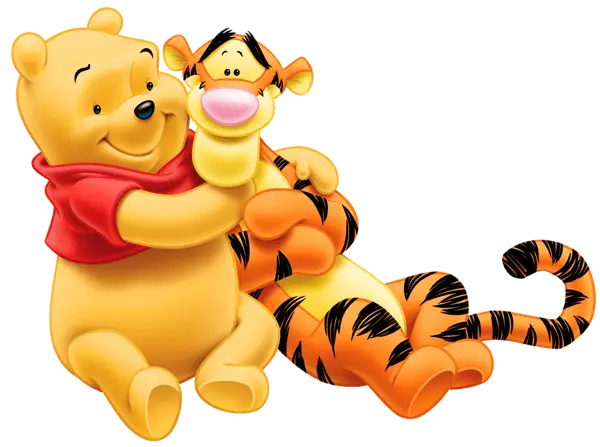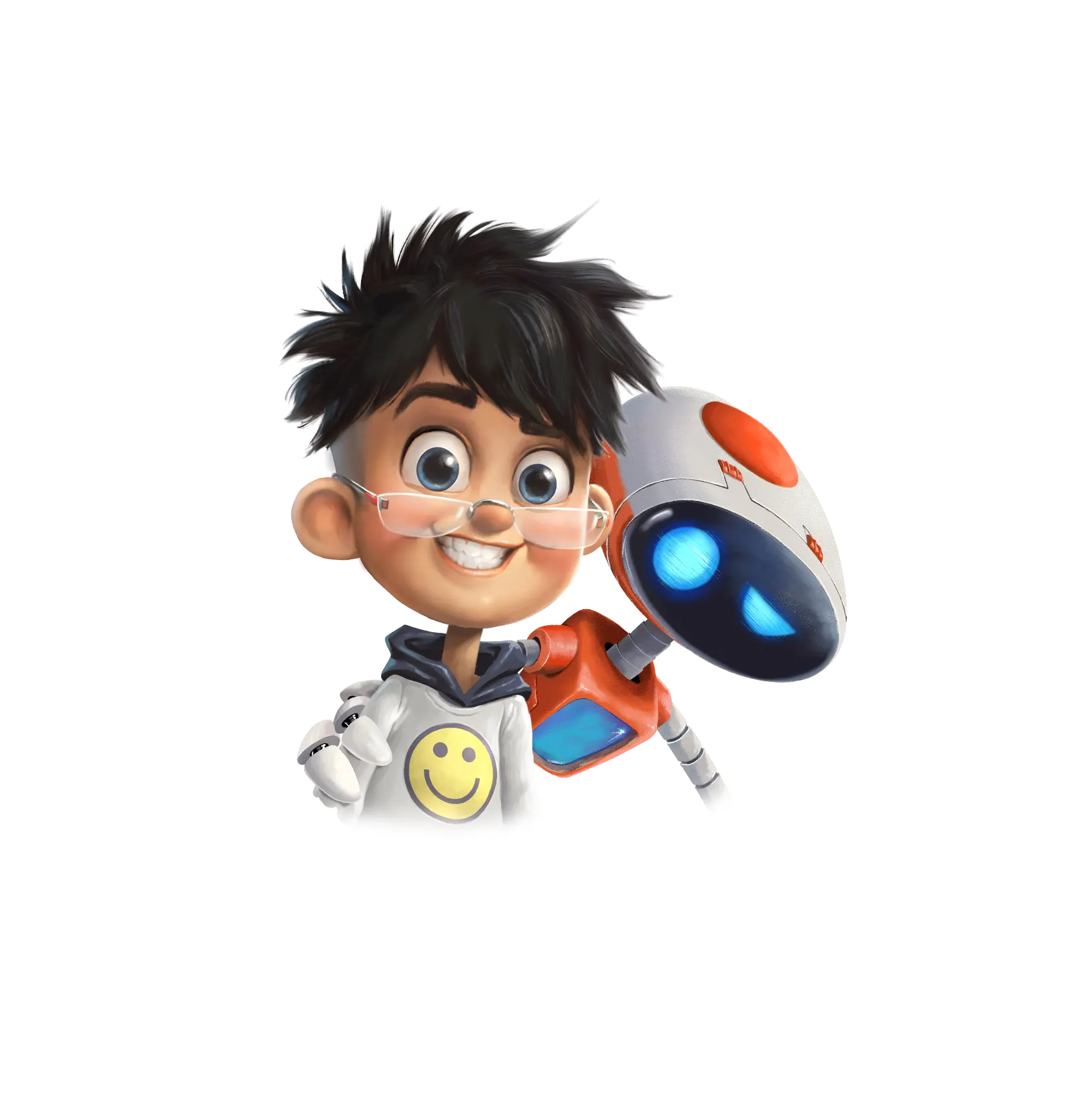Introduction
With the rise of avatars and virtual influencers, character design has entered a new age that is changing digital media and challenging old ideas about who we are and how we are represented. This blog post is about the future of character design. It’s about how avatars and virtual influencers are changing the media scene and how they are changing the way we experience digital things.
Personalized digital identities called “avatars”
Avatars, which are customizable representations of users in virtual worlds and online groups, have been an important part of digital interactions for a long time. However, progress in technology has taken avatars to new levels, making designs more realistic and adaptable than ever before. Avatars, which can be anything from realistic 3D models to stylized 2D drawings, give users more freedom than ever to show who they are and how they feel in virtual places.
Redefining Celebrity Culture with Virtual Influencers
Virtual influences are a big change in how characters are made because they blur the lines between real and fake personalities. Using advanced CGI methods, these computer-generated characters have gained millions of followers on social media sites, where they affect trends, promote brands, and even work with real celebrities. Virtual influencers question traditional ideas of fame and power with their perfect looks and carefully planned lifestyles. They start conversations about authenticity and the future of celebrity culture.
What it means for marketing and media
As avatars and virtual leaders become more popular, they are changing the way media and marketing work and giving brands new ways to connect with people and tell stories. Virtual characters are being used more and more as brand ambassadors and speakers by companies. They use their digital presence and ability to relate to younger audiences to connect with them in real and interesting ways. In the digital age, avatars and virtual leaders are changing how brands talk to and connect with customers. They are creating immersive experiences and interactive campaigns.
Problems and Things to Think About
Avatars and virtual influencers open up a lot of interesting options, but they also bring up important moral and social issues. As users try to figure out how to deal with artificial beings, questions about ownership, consent, and authenticity are very important. As character design changes, it’s important to emphasize openness, responsibility, and the smart use of technology to make sure that avatars and virtual influences are used in a good way to help people express themselves and connect.
In conclusion
With the rise of avatars and virtual influencers, the future of character creation is already happening right in front of our eyes. These digital personalities give us new ways to be creative, get involved, and connect with others. They are changing the way we use technology and challenging traditional ideas of who we are and how we are represented. As we move through this changing world, it’s important to be aware and responsible when designing characters, creating inclusive and real representations that show how different and complicated people’s experiences are in the digital world. Avatars and virtual leaders can make our lives better and open up new opportunities in ways we can’t even imagine if we are careful with them.


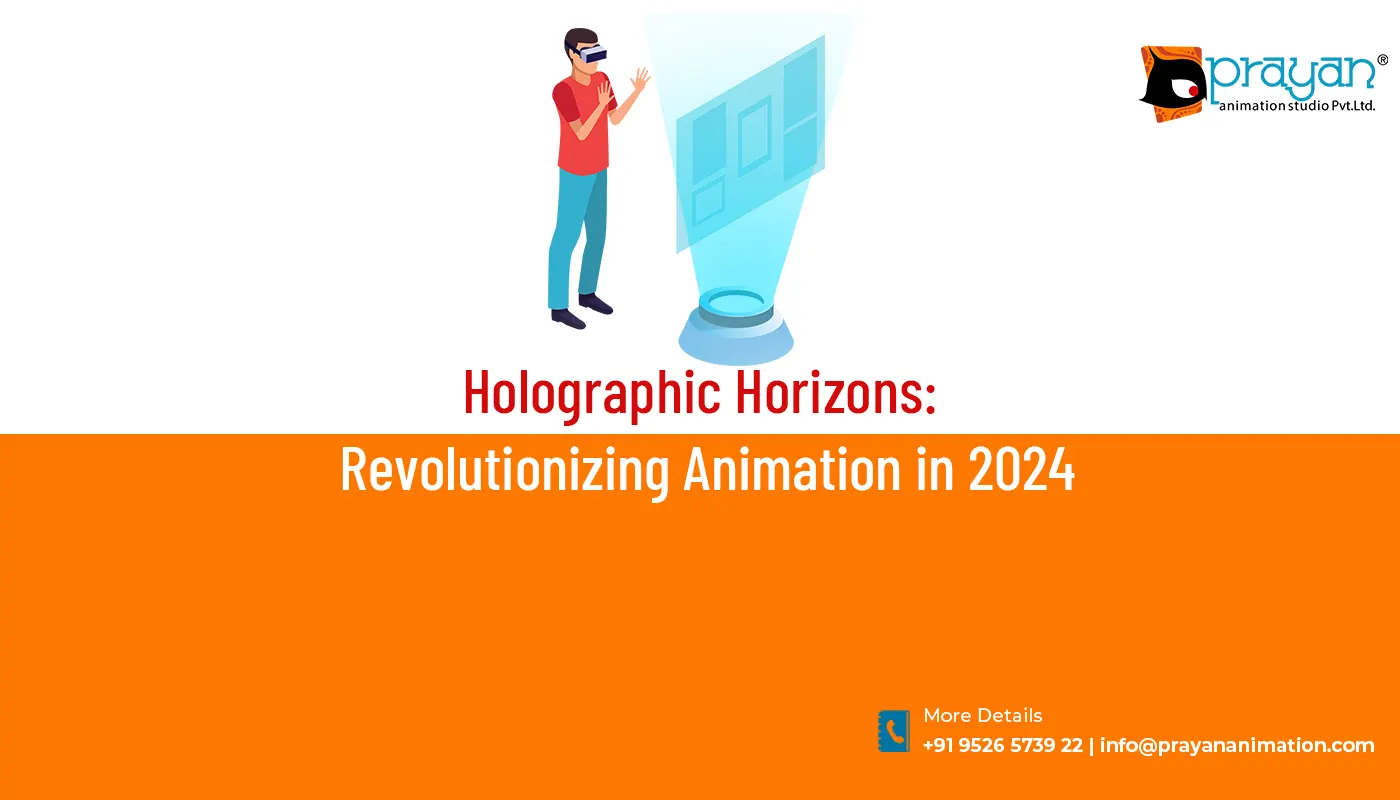
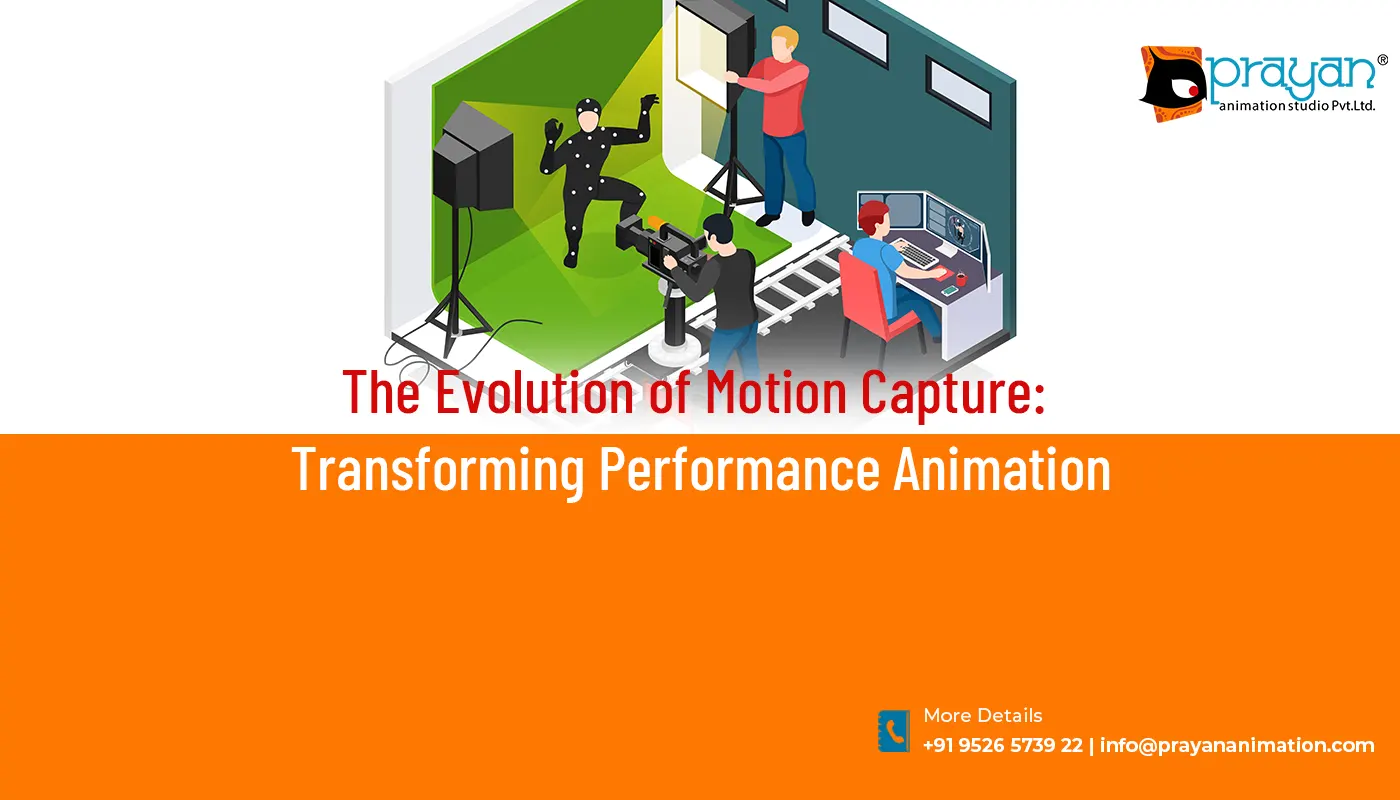
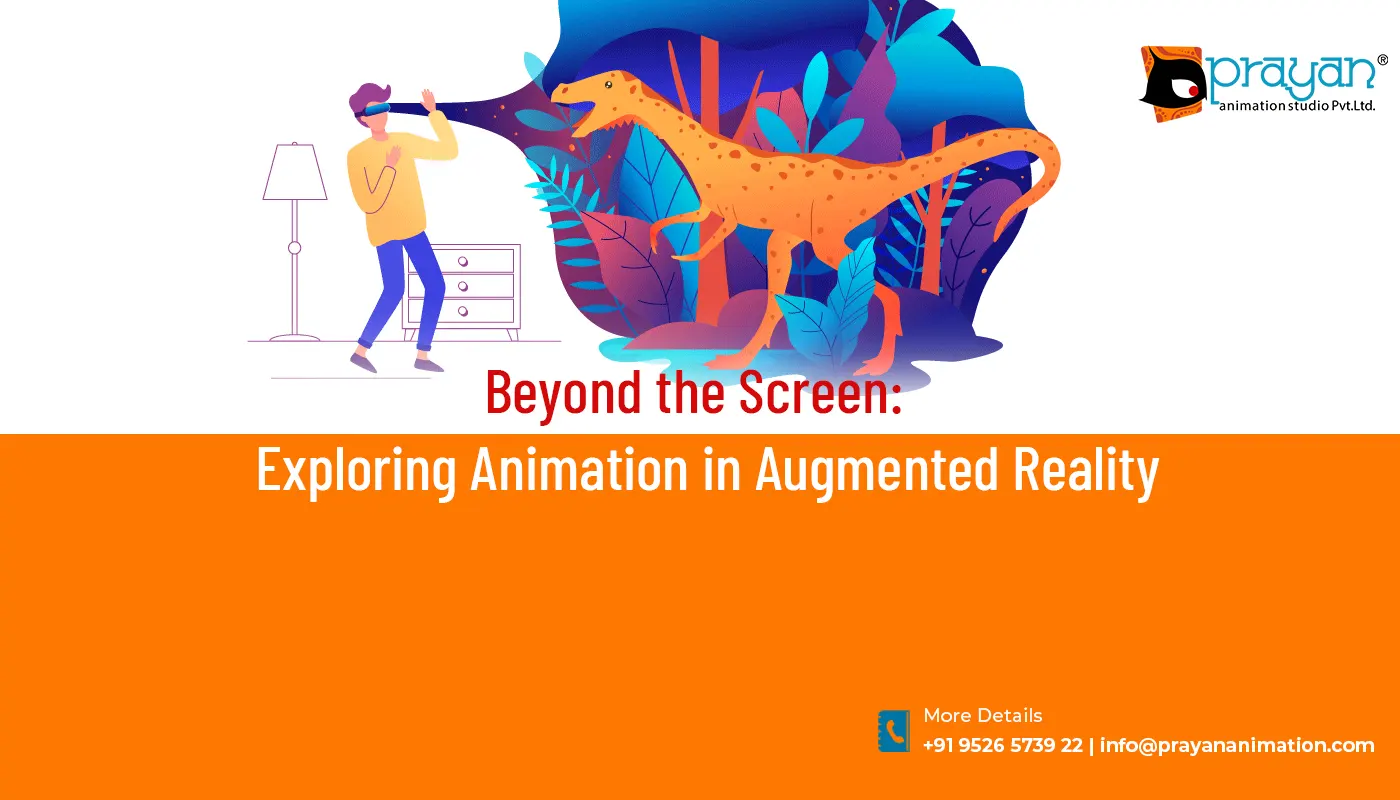
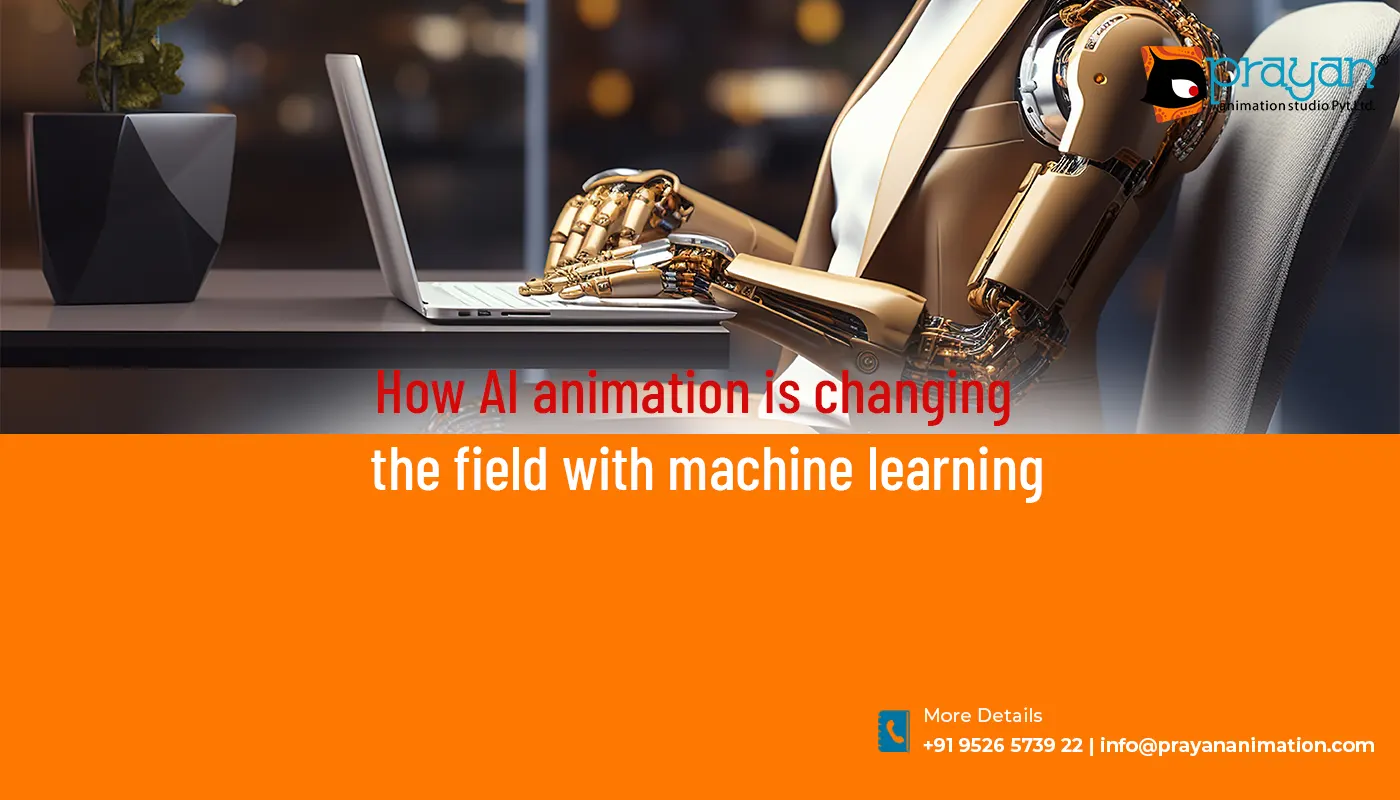
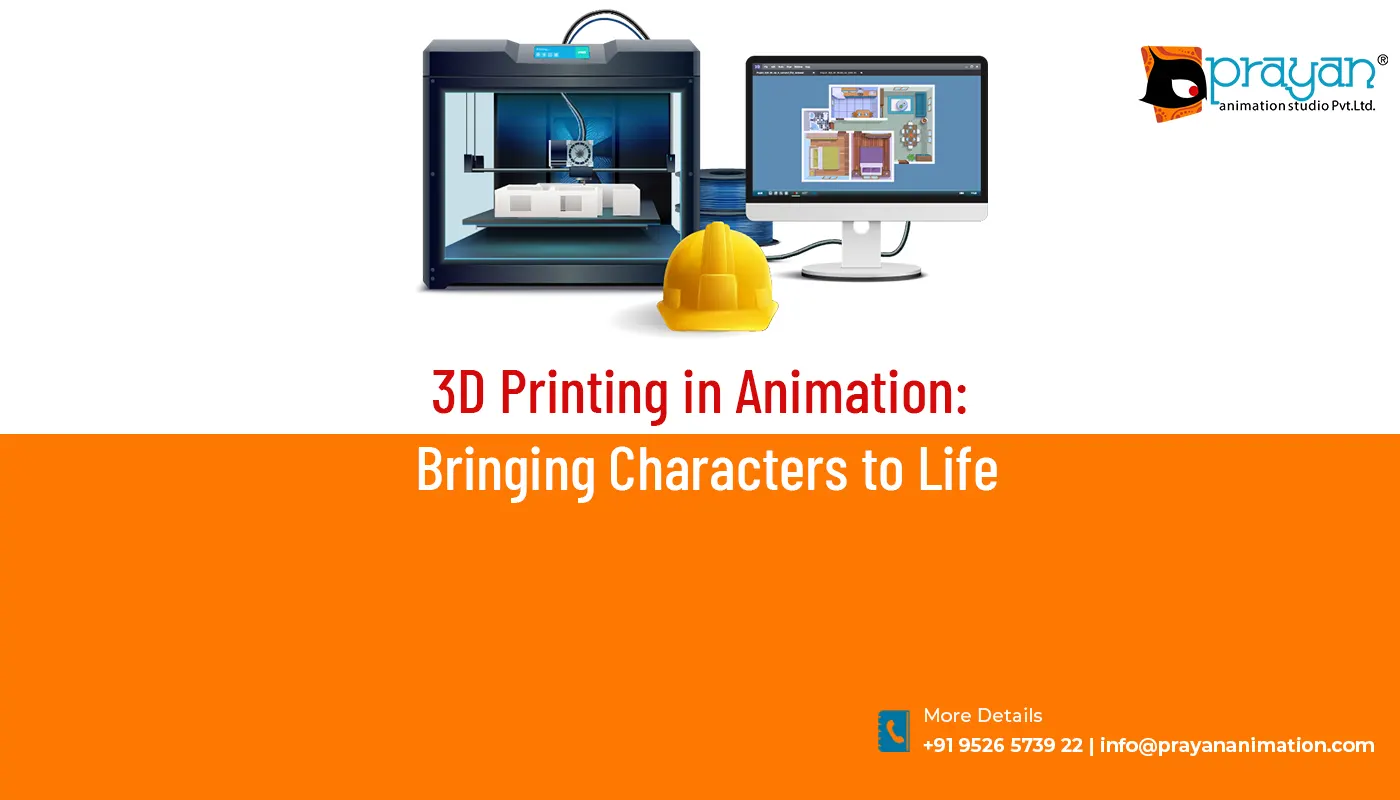
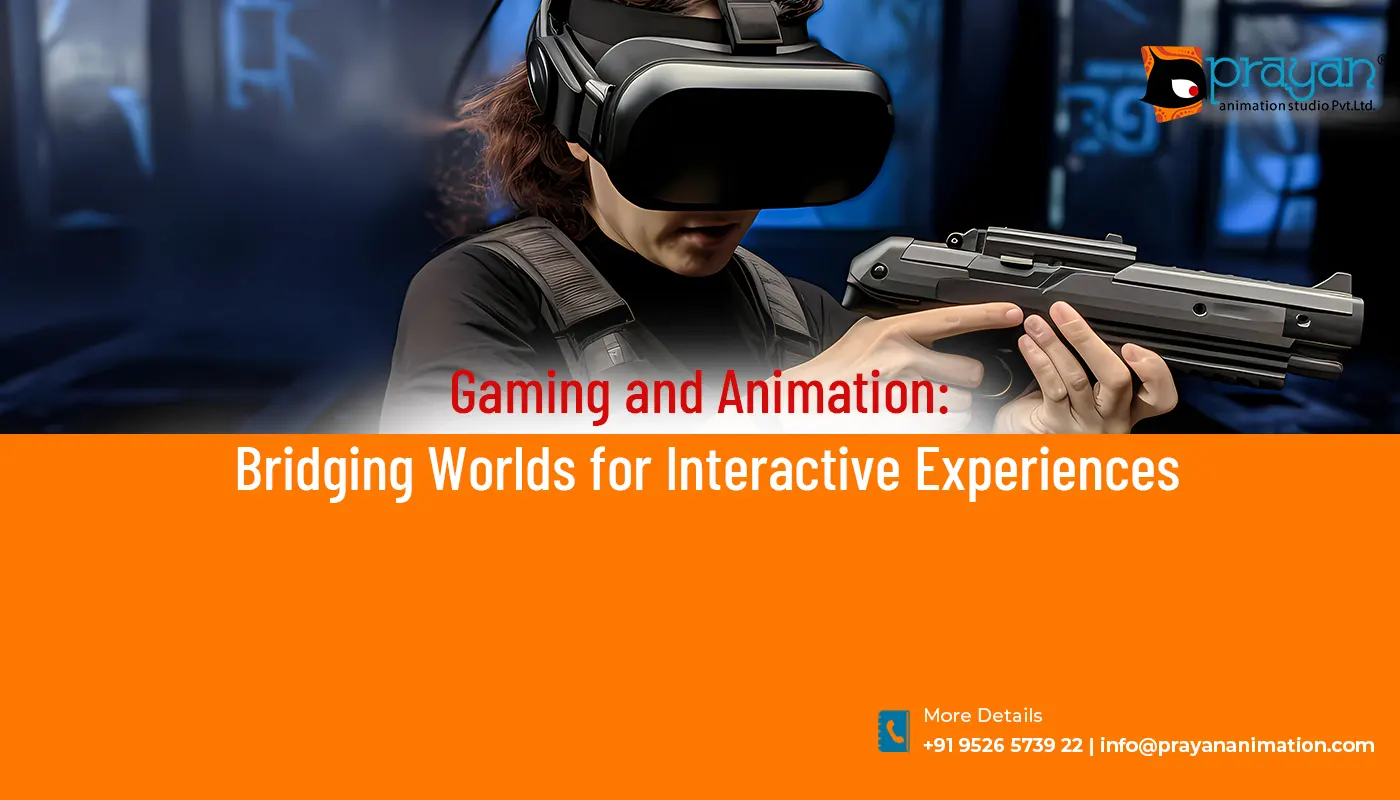
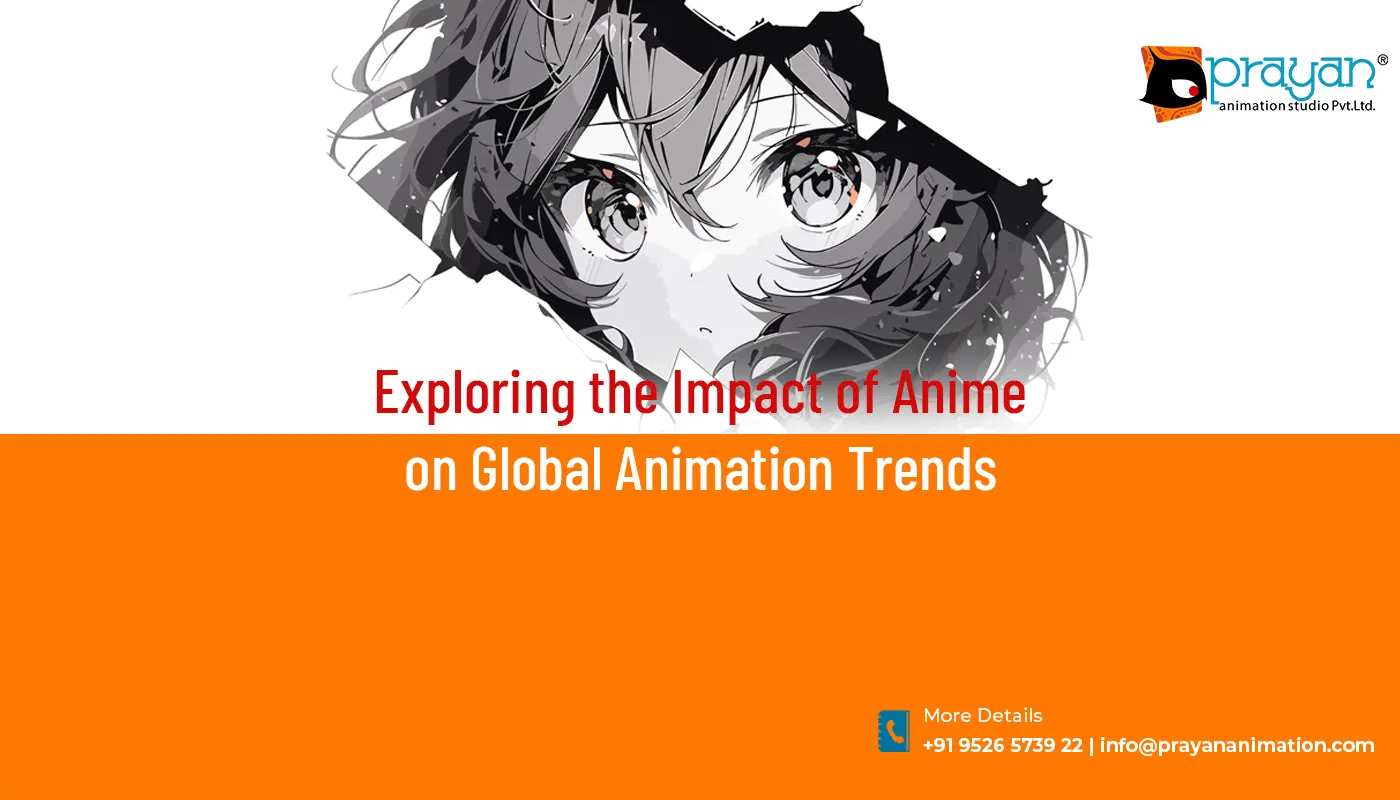
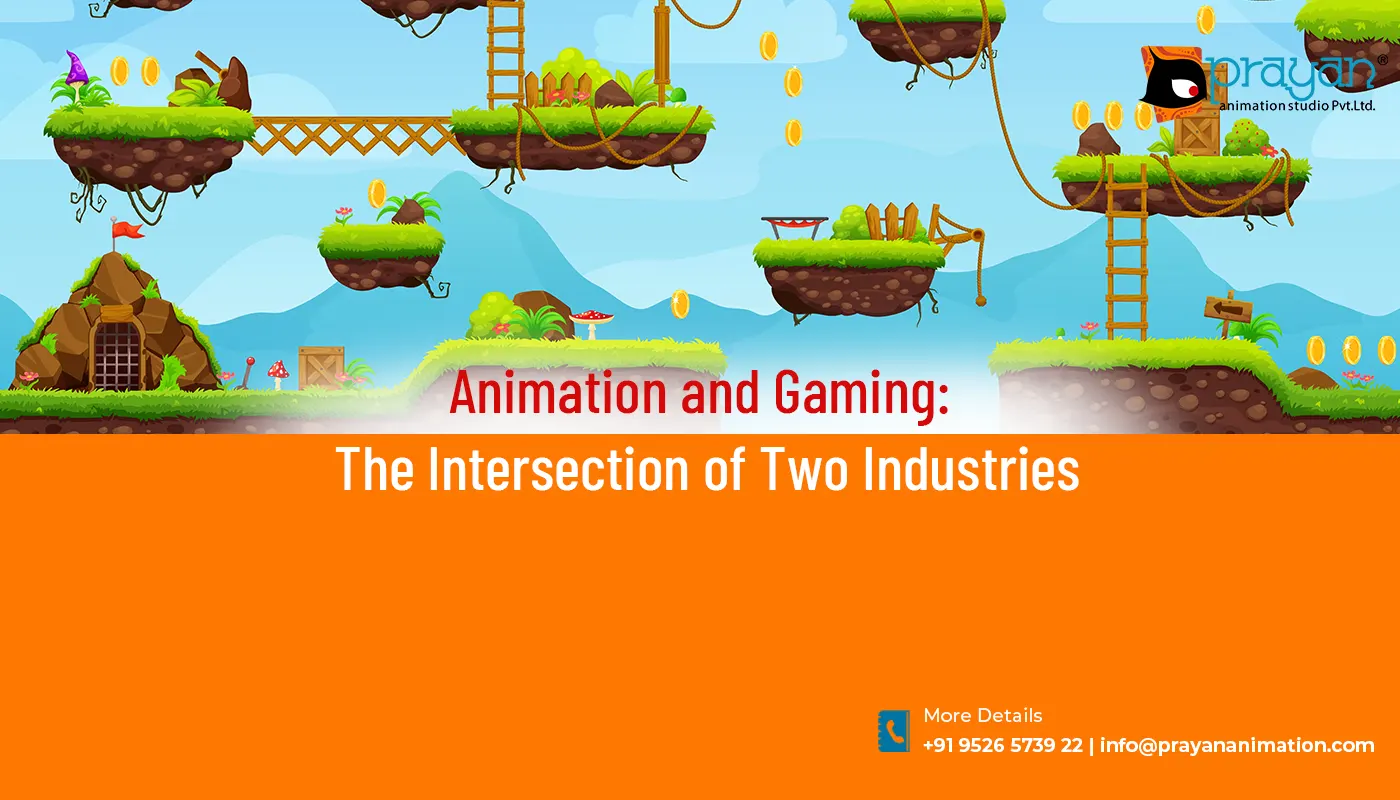

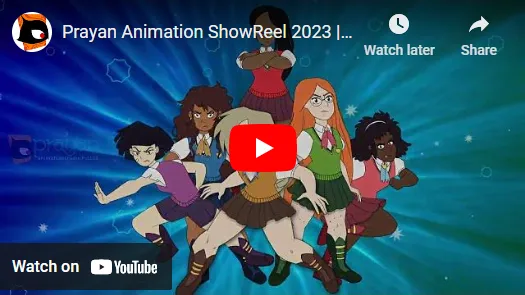




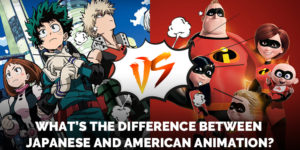

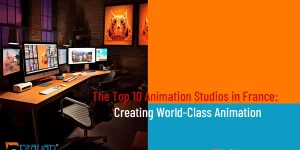
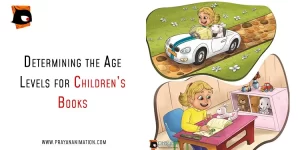
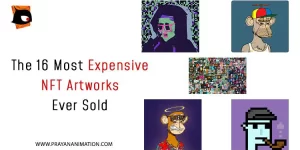

 We can help you.
We can help you. 

